🛡️ From the Echoes of Sekigahara to Azuchi — Following the “Shrine Protected by Tokugawa” Along the Samurai Route to “Nobunaga’s City”
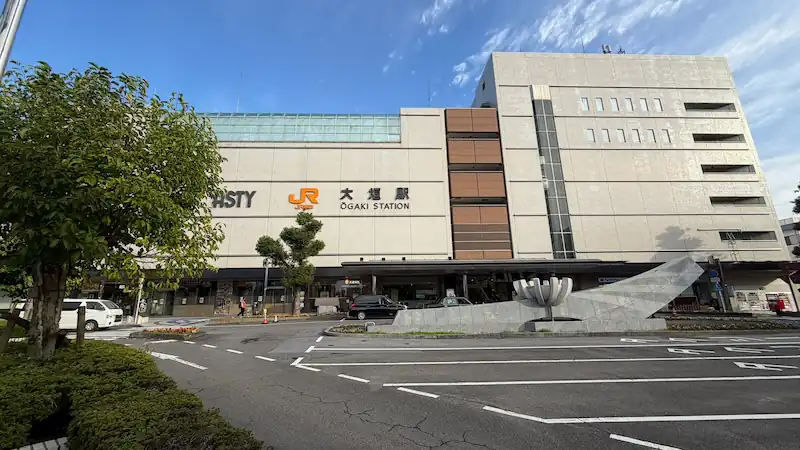
The journey begins in Ōgaki, stretching from Tarui toward the old province of Ōmi. After paying respects at a shrine that tells the story of the post-Sekigahara era, I greeted the lingering spirit of a famous strategist near the station. From there, I shifted my base and followed the traces of Nobunaga that still linger in the Land of the Lake.
Although securing transportation took a little effort, once I settled on a base, the trip moved along smoothly. Along the way, I made an unplanned stop at a shrine whose name intrigued me—only to realize how mistaken my assumptions had been. It turned out to be an insightful detour. The journey concluded in Azuchi, where the stone steps and wooden gates whispered of another time. A small race against the clock to return the rental car brought the day to a close.
1. Nangū Taisha — Learning About Tokugawa’s Patronage After Sekigahara

After arriving at Tarui Station from Ōgaki, I searched for a way to reach Nangū Taisha. It was still early in the morning, and the rental bicycles hadn’t opened yet, so I decided to walk. Checking Google Maps, I noticed a route that passed under a grand torii gate. It wasn’t the shortest way, but I couldn’t resist. Passing beneath the magnificent torii standing right beside the Shinkansen tracks, I entered the approach to the shrine—a detour I highly recommend. Walking straight along the path, I soon came to a parking area, beyond which stood a bright vermilion gate.
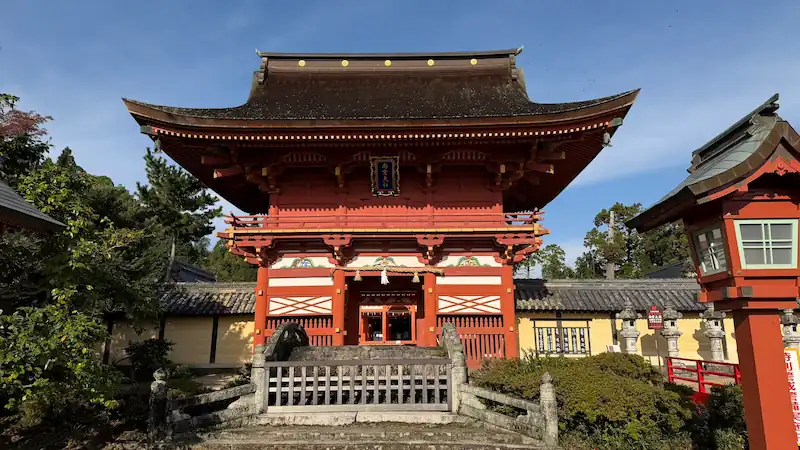

Reading the shrine’s historical account, I learned that Nangū Taisha was destroyed in the Battle of Sekigahara (1600) and later rebuilt, with its main structures completed in 1642 under the third Tokugawa shogun, Iemitsu. This clarified the timeline: protection began under Ieyasu and full reconstruction was completed under Iemitsu. The enshrined deity is Kanayamahiko no Ōkami, and it is recognized as the First Shrine (Ichinomiya) of Mino Province. The air carried a dignified stillness befitting Japan’s grand shrine of metallurgy. A particularly rare offering here is a goshuincho (shrine stamp book) with an iron cover—a perfect souvenir for history and metalcraft enthusiasts alike.
The Tōshōgū Shrine Within the Grounds
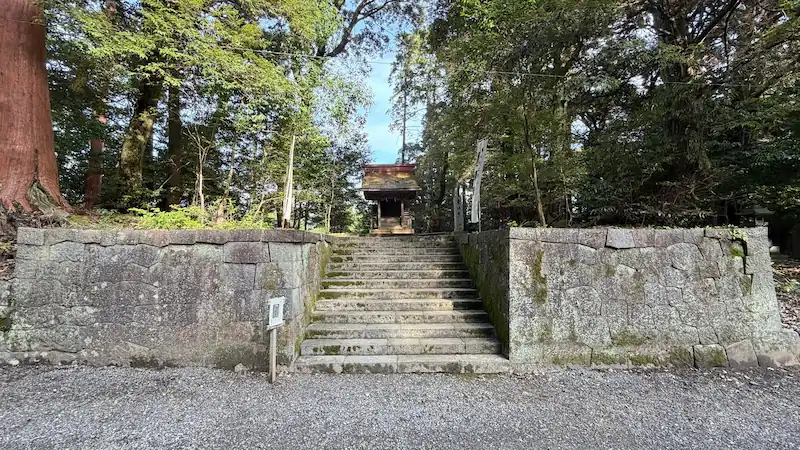
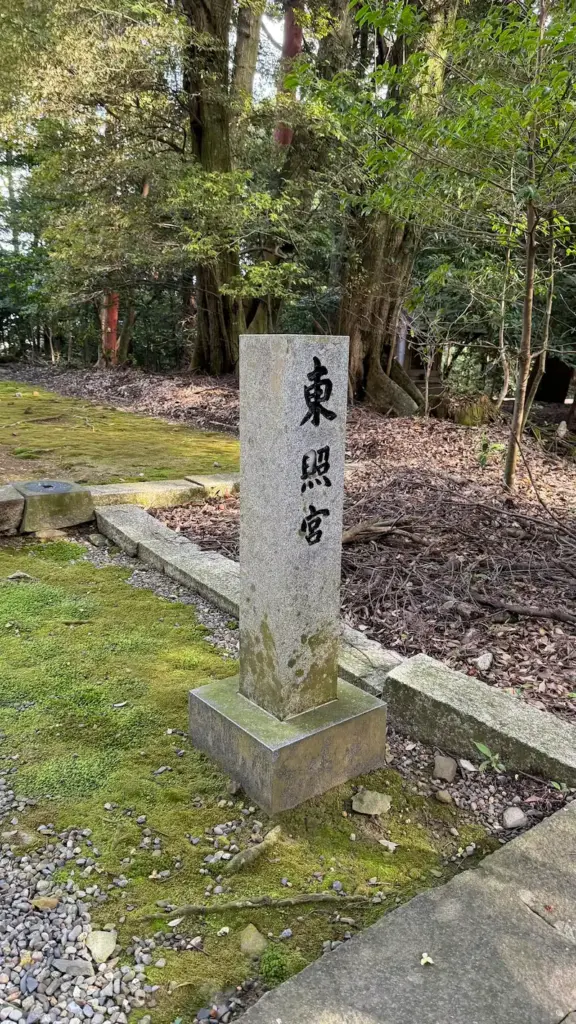
Within the shrine grounds stands a Tōshōgū Shrine dedicated to Tokugawa Ieyasu. The layout of the buildings reflects Nangū Taisha’s deep historical connection with the Tokugawa family. You can also obtain a separate goshuin (temple seal) from this shrine—an unmissable treasure for Tokugawa fans.
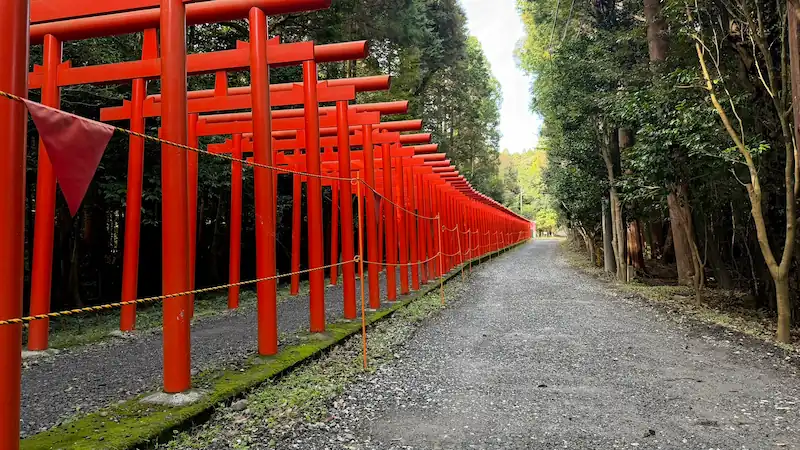
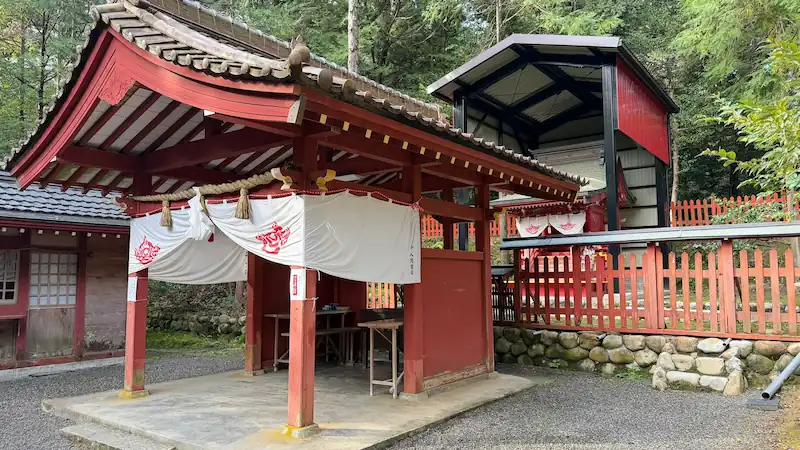
Behind the Tōshōgū stands the Nangū Inari Shrine, where a line of vermilion torii gates stands in neat formation. The quiet, rhythmic path through these gates offers a sense of serenity with every step. From there, I walked back to Tarui Station to greet the statue of the legendary strategist Hanbē Takenaka located just outside the north exit.
Statue of Hanbē Takenaka (Tarui)
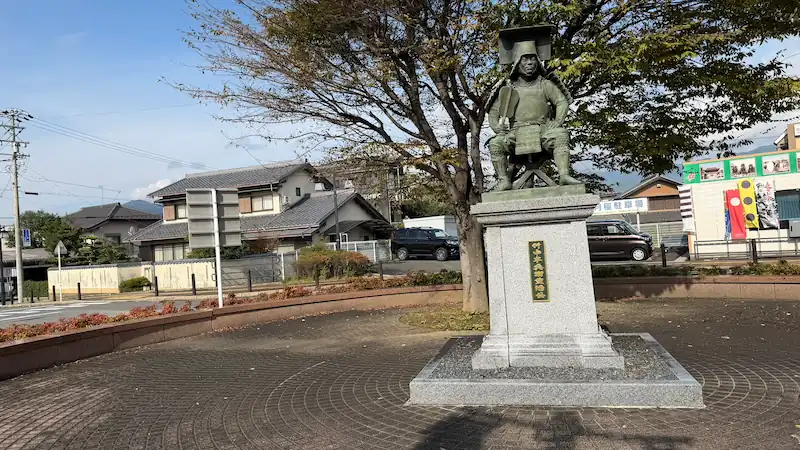
At the north rotary of Tarui Station stands a bronze statue of Hanbē Takenaka. If you go further north, you’ll find the remains of the Takenaka clan residence and other historical sites, but due to time constraints, I saved them for my next visit. From here, I boarded the JR Tōkaidō Line bound for the Azuchi Castle area—my next destination.
Struggling to Find a Rental Car → Finally Secured One in Yasu
Next, I searched for a rental car while on the train, planning to switch to driving for the latter half of the trip. Ōmihachiman had no cars available, and though I considered Minami-Hikone, I ultimately managed to secure a rental car at Yasu Station. In hindsight, since I didn’t travel farther south than Azuchi that day, Minami-Hikone might have worked just as well—but the choice proved perfectly fine in practice. From Yasu, it was about a 30-minute drive to the ruins of Azuchi Castle.
Azuchi Castle Ruins | Stone Steps and a 360° Panorama
Panoramic Photos
Entrance to the Azuchi Castle Ruins
Ōtemichi (Main Approach), Azuchi Castle Ruins
Main Keep Site, Azuchi Castle Ruins
Sōkenji Temple Site, Azuchi Castle Ruins
With my rental car from Yasu, I drove to Azuchi. It was my fifth visit since my first trip last year, which had left a deep impression on me. No matter how many times I come, I’m always moved. The stone steps of the main approach vary in height, forcing you to climb as if tracing history with your feet. Fortunately, Sōkenji Temple’s special viewing was open again this time. I paid an additional ¥500 on top of the ¥700 entrance fee and was served matcha tea and a traditional sweet. Even under a cloudy sky, the stones’ shadows stood out beautifully, giving my photos a striking depth. Afterward, I returned to the car and drove about 30 minutes to Toyokuni Shrine.
Toyokuni Shrine (Yakuyoke Hachimangū) | Goshuin and Correcting a Misconception

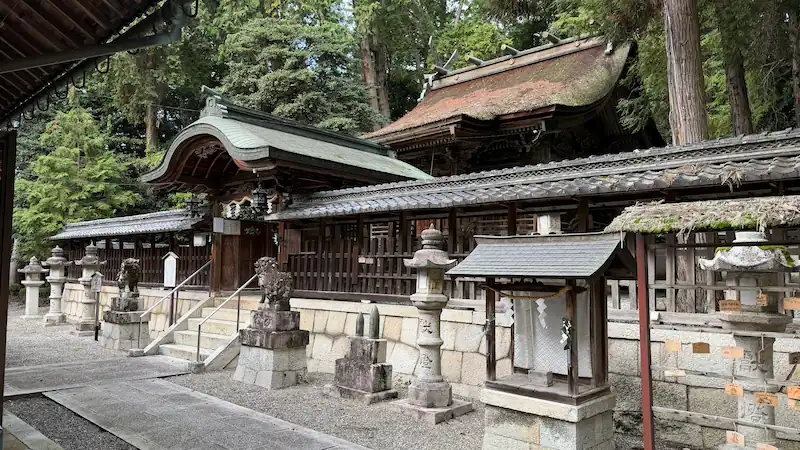
Following Google Maps, I drove to Toyokuni Shrine (Yakuyoke Hachimangū). After admiring the peaceful approach and the elegant main hall, I called the chief priest, who kindly came to grant me a goshuin (shrine seal). Curious, I asked whether the shrine was related to Toyotomi Hideyoshi. The priest explained that it was not directly connected—it is a Hachiman shrine lineage (originating from Usa in Kyushu), not a Toyotomi site. Since the name “Toyokuni” made me assume a Hideyoshi link, I was surprised, but pleasantly so. Though unrelated to Hideyoshi, the shrine was splendid in its own right, and I felt grateful for the strange twist of fate that led me there. From there, I drove about 30 minutes to Chōkōji Temple.
Chōkōji Temple | The Relocated Gate from Sōkenji at Azuchi Castle
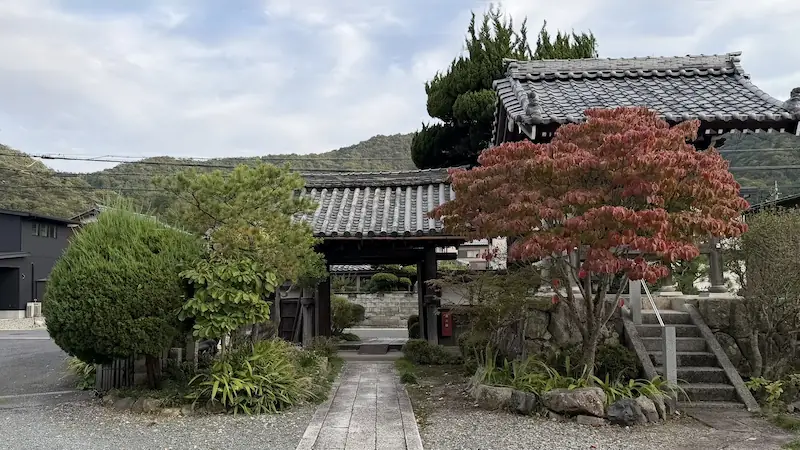
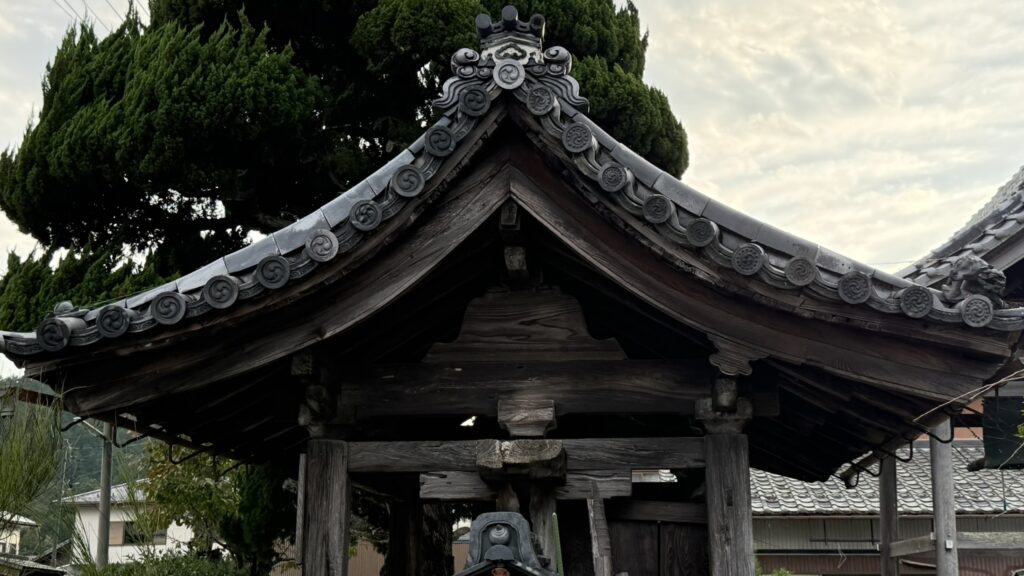
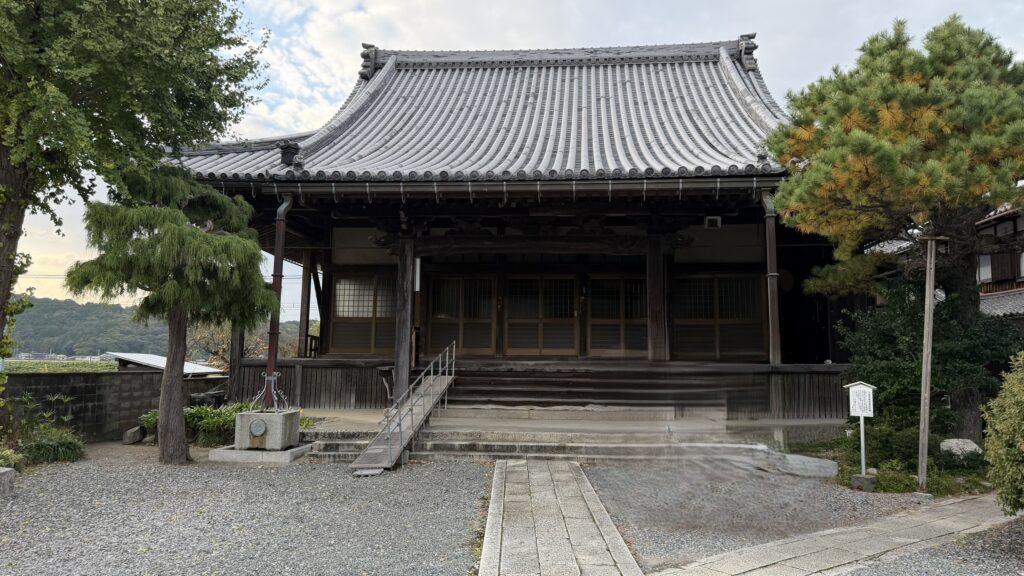
This temple houses a four-legged gate said to have been relocated from Sōkenji Temple within Azuchi Castle. It is now designated as a Prefectural Tangible Cultural Property. The intricate carvings and metal fittings bear the marks of time, allowing visitors to sense the era when Azuchi architecture dispersed throughout the region. After returning home, I discovered that the front gate is located at another temple, Kōtakuji—giving me yet another reason to visit again. From Chōkōji, I drove about 10 minutes to the Azuchi Castle Archaeological Museum.
Shiga Prefectural Azuchi Castle Archaeological Museum | Joining the Nobunaga Exhibition

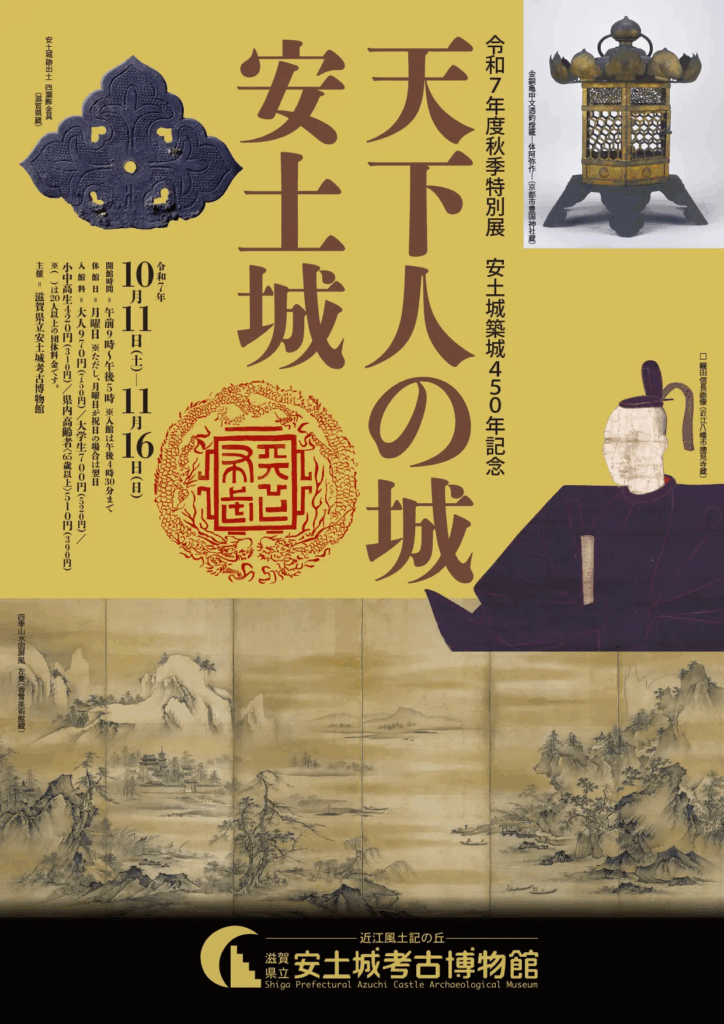
The day concluded at the Azuchi Castle Archaeological Museum, which offers well-curated exhibits on Nobunaga and the Azuchi period, with a clear and intuitive visitor flow. I attended the 2025 Autumn Special Exhibition “The Castle of the Unifier: Azuchi Castle — 450th Anniversary of Construction”, purchasing the exhibition catalog and related books. Highlights included portraits of Oda Nobunaga, Lady Oichi, and Tokugawa Ieyasu from Sōkenji, as well as Nobunaga’s red-seal letters. It was rewarding to see the latest findings in Azuchi Castle research firsthand.
Race Against Time Back to Yasu | Made It with 5 Minutes to Spare
Immersed in the exhibits, I suddenly realized how late it had gotten and rushed back to the rental office at Yasu Station. I managed to return the car with five minutes to spare. As I placed my hands on the steering wheel one last time, vivid layers of the day—Nangū’s vermilion, Azuchi’s stone, and the wooden grain of the relocated gate—came to mind. I also learned an important travel lesson: navigation apps’ estimated driving times can be unreliable on local roads. With that realization, I wrapped up my day’s journey.
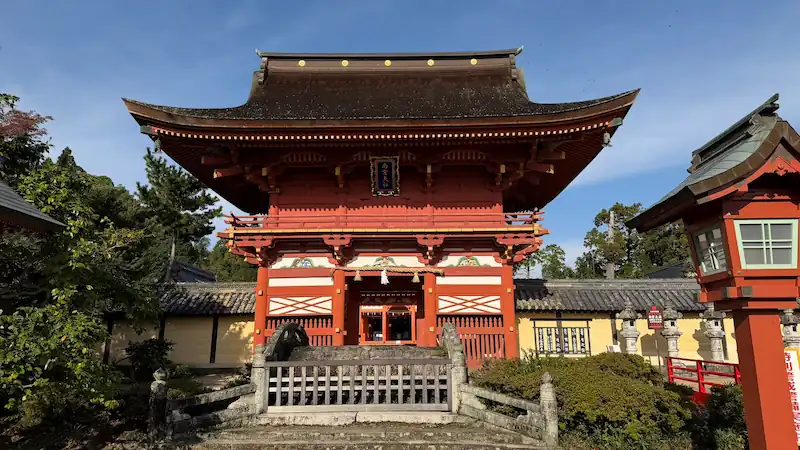

comment